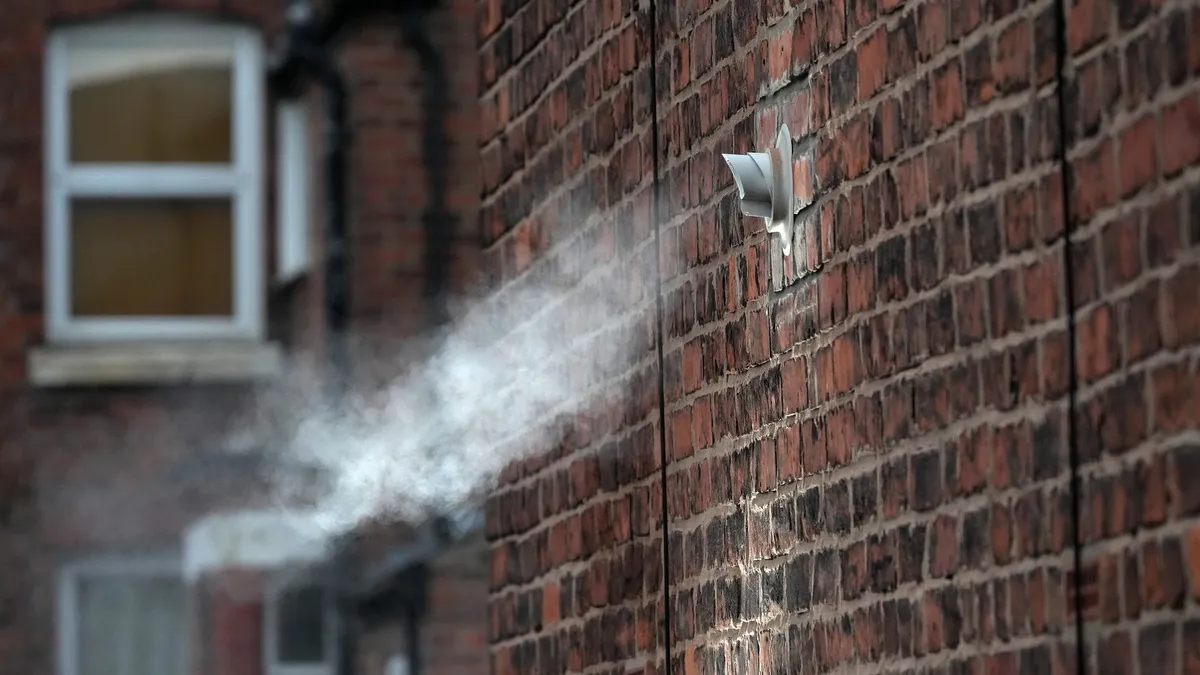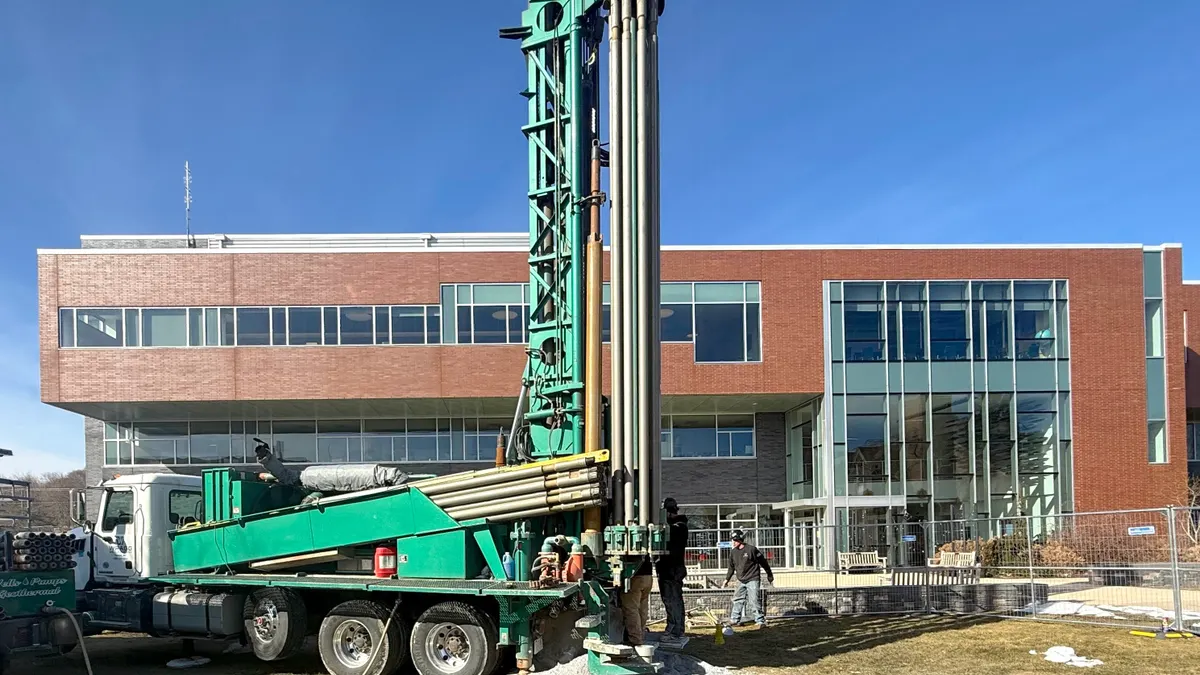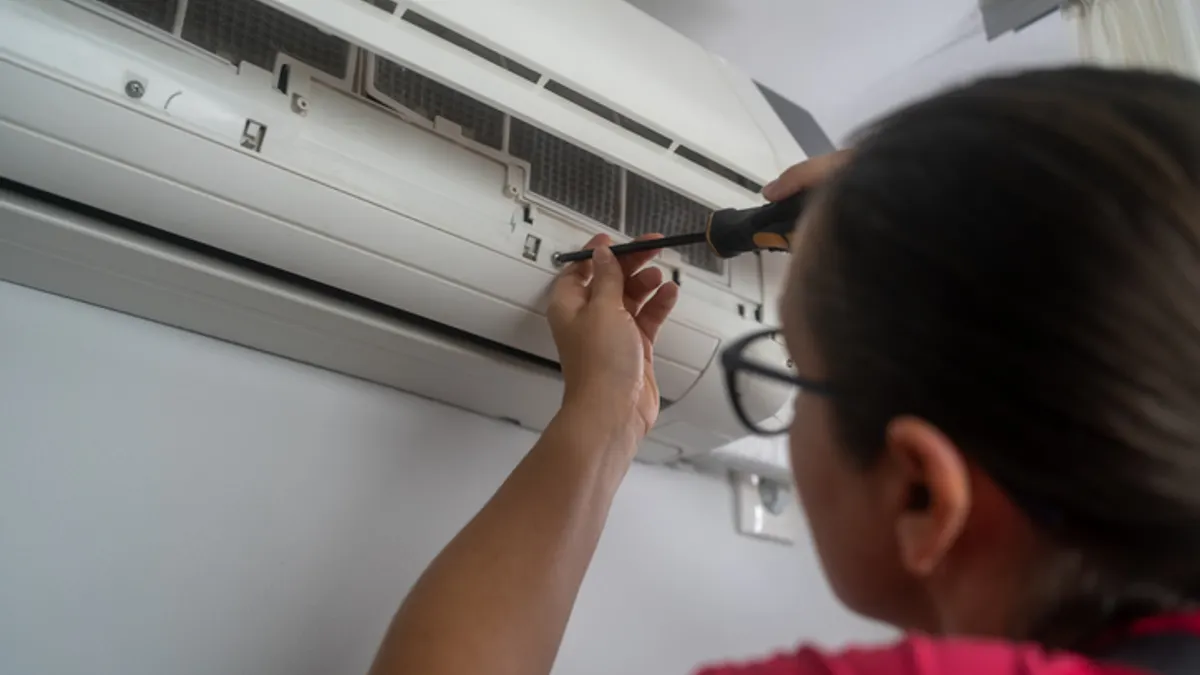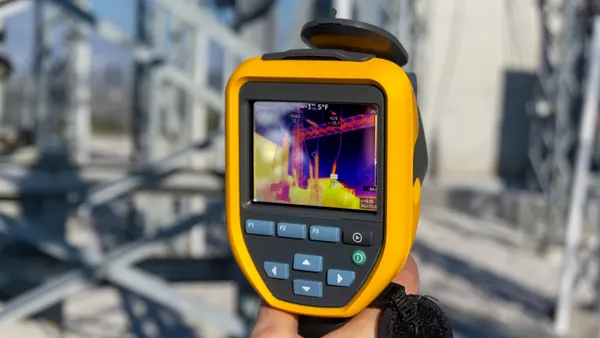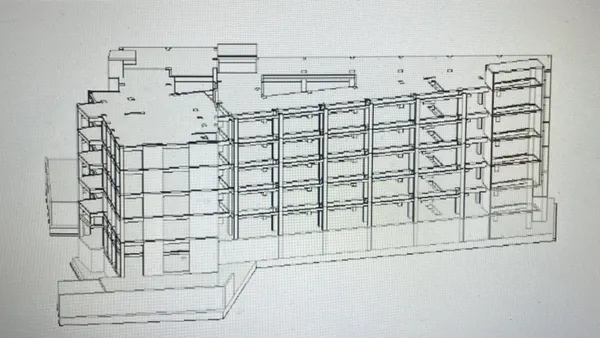Dive Brief:
- ProSentry has reached an agreement to deploy its smart building technology on Senet’s sensor management platform, according to a press release.
- The partnership integrates ProSentry’s long-range wide area networking technology into Senet’s cloud-based managed network and IoT service platform.
- ProSentry says the partnership combines its asset monitoring and detection with one of the largest connectivity service providers in the U.S., ensuring that building operators have the carrier-grade service required in building monitoring applications.
Dive Insight:
Long-range wide area networking, or LoRaWAN, is a wireless protocol which enables sensors to send data. While similar to WiFi, which can send large amounts of data over a short distance, LoRaWAN is better suited for sending small packets of data over longer distances, which ProSentry says makes it much more effective in gathering sensor data in buildings.
Additionally, the protocol uses very little power. That means some sensors can last for years on batteries, without any need for hardwiring. Nadav Schnall, CEO of ProSentry, said this makes the technology optimal for commercial and residential applications, as the cost of installation is low and does not require regular maintenance.
While the sensors lie mostly dormant, they do occasionally “wake up” to send data, and provide building managers with information on their status levels.
“That way, as the building owner operator, you always know that your device is online. If something happens, like the battery levels go down, something breaks, or someone takes the device off-site, you know at that moment and will know you need to address [it],” Schnall told Facilities Dive.
ProSentry began with water and gas leaks monitors, but is steadily growing its coverage to cover more building assets. The company has now expanded its list of sensors to monitor boiler temperature, exhaust fans, roof drainage, trash container levels and humidity levels.
Schnall believes that gas detection is still extremely important, in part due to New York City’s Local Law 157. Passed in 2016, the citywide ordinance required operators and facilities managers to install natural gas detectors 180 days after an industry standard concerning detecting devices had been published. Last year, the National Fire Protection Association published a standard for these detectors, prompting Local Law 157 to take effect, and requiring building owners to install monitors.
Although the standard allows installing “dumb” detectors, or those that are manual and simply make a noise when gas levels are high, smart sensors provide real-time data about gas leaks and provide safety personnel with more information in the event of a buildup, Schnall noted.
“A lot of these sensors, you either have to hardwire them or there's a lot of other technicalities, [but] this is a really cheap, affordable service that is really easy to retrofit in a building,” he said.
Schnall emphasized ProSentry’s desire to help reduce insurance costs for building owners and minimize losses for insurers. He noted that many buildings are suffering from higher premiums, and believes that integrating its technology could help prevent critical incidents and losses. He also said the company plans to drive predictive analytics and maintenance insights for operators and owners by implementing AI to the data collected through its sensors.
That would involve “taking all this data that we have, and really trying to be able to predict what's going to go on in your building — and again, [achieve] the ability to save money, save losses and so on and so forth,” he said.
Correction: A previous version referred to ProSentry CEO Nadav Schnall as Navad.



